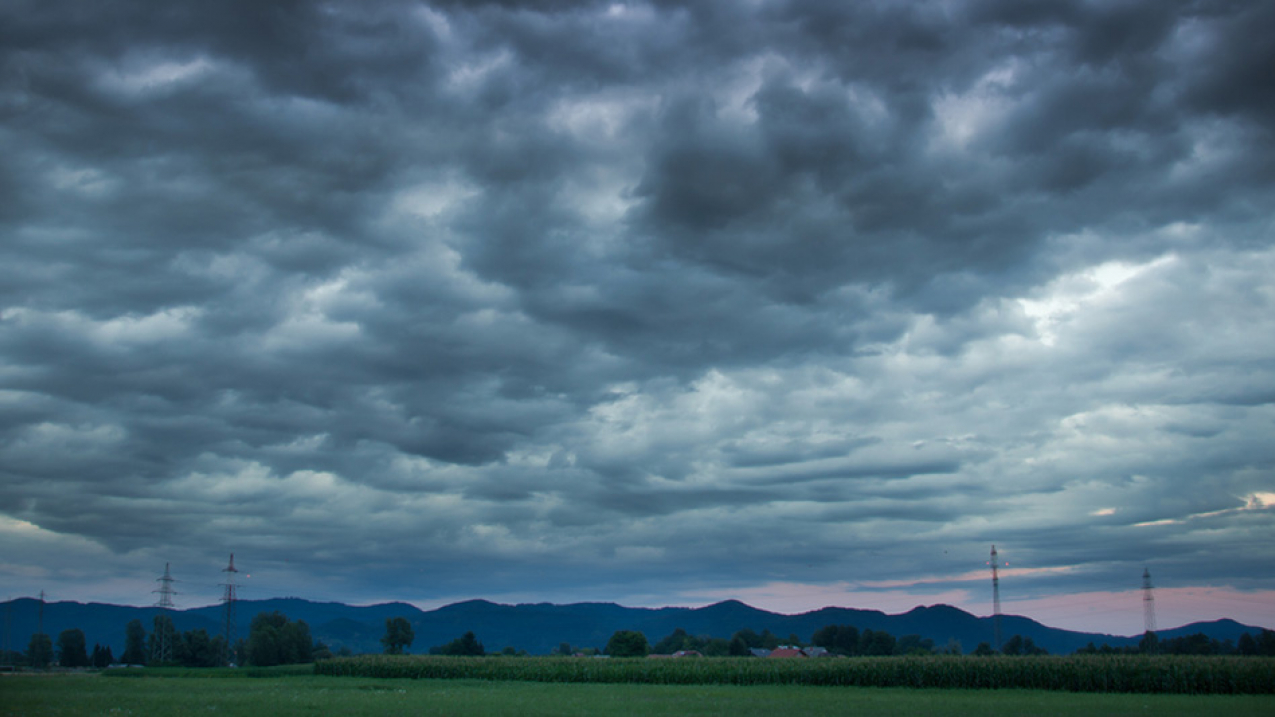
Dark and stormy cloudscape. (Image credit: iStock)
Meteorologists at NOAA’s National Weather Service have always monitored the conditions of the atmosphere that impact the weather, but over time the equipment they use has changed. As technology advanced, our scientists began to use more efficient equipment to collect and use additional data. These technological advances enable our meteorologists to make better predictions faster than ever before.
1. Doppler radar
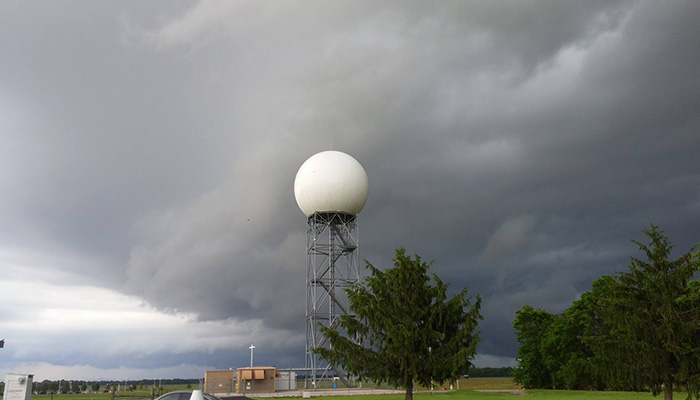
Doppler Radar is the meteorologist’s window into observing severe storms. With 159 radar towers across the United States, NOAA’s National Weather Service has comprehensive coverage of the continental U.S. and partial coverage of Alaska, Hawaii, Puerto Rico and Guam. Doppler radar detects all types of precipitation, the rotation of thunderstorm clouds, airborne tornado debris, and wind strength and direction.
Learn more about radar
2. Satellite data
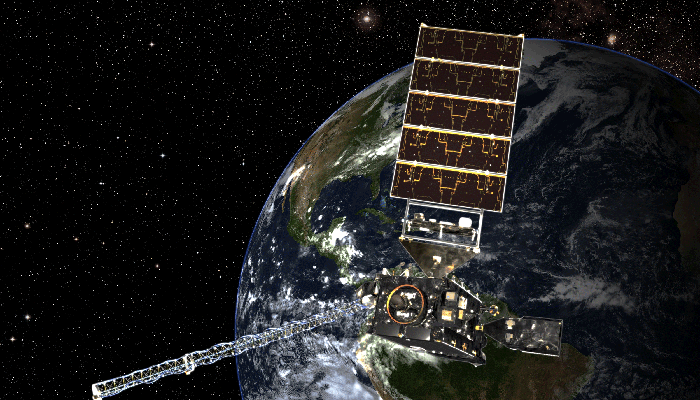
Weather Satellites monitor Earth from space, collecting observational data our scientists analyze. NOAA operates three types of weather satellites. Polar orbiting satellites orbit the Earth close to the surface, taking six or seven detailed images a day. Geostationary satellites stay over the same location on Earth high above the surface taking images of the entire Earth as frequently as every 30 seconds. Deep space satellites face the sun to monitor powerful solar storms and space weather. NOAA also uses data from satellites operated by other agencies and countries.
Learn more about NOAA’s weather satellites
3. Radiosondes
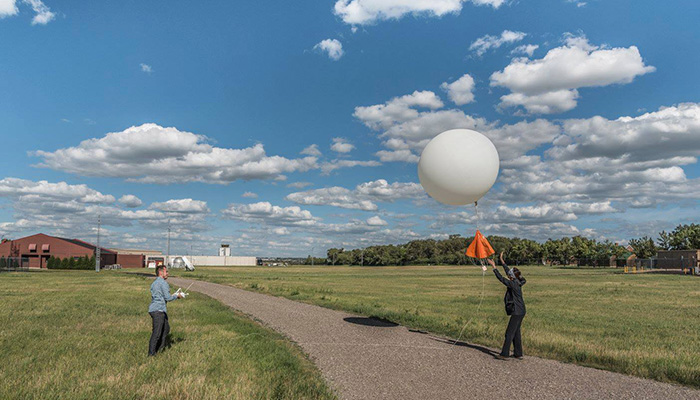
Radiosondes are our primary source of upper-air data. At least twice per day, radiosondes are tied to weather balloons and are launched in 92 locations across the United States. In its two hour trip, the radiosonde floats to the upper stratosphere where it collects and sends back data every second about air pressure, temperature, relative humidity, wind speed and wind direction. During severe weather, we usually launch weather balloons more frequently to collect additional data about the storm environment.
Learn more about weather balloons and radiosondes
4. Automated surface-observing systems
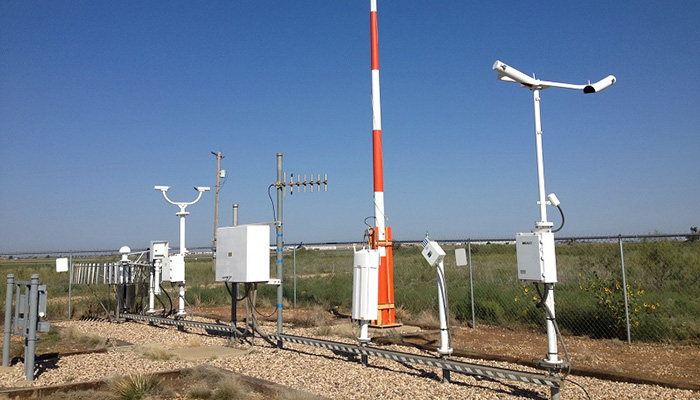
ASOS (automated surface observing systems) constantly monitor weather conditions on the Earth’s surface. More than 900 stations across the U.S. report data about sky conditions, surface visibility, precipitation, temperature and wind up to 12 times an hour. Nearly 10,000 volunteer NWS Cooperative Observers collect and provide us additional temperature, snowfall and rainfall data. The observational data our ASOS and volunteers collect are essential for improving forecasts and warnings.
Learn more about ASOS
5. Supercomputers
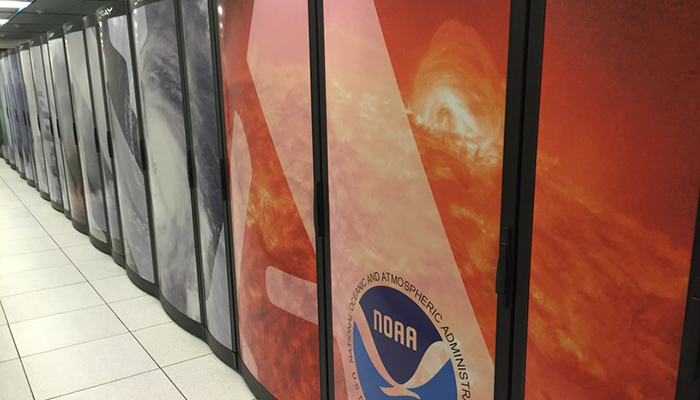
NOAA’s Weather and Climate Operational Supercomputer System (WCOSS) is the backbone of modern forecasting. With 5.78 petaflop computing capacity it can process quadrillions of calculations per second. Our supercomputers are almost 6 million times more powerful than your average desktop computer. Observational data collected by doppler radar, radiosondes, weather satellites, buoys and other instruments are fed into computerized NWS numerical forecast models. The models use equations, along with new and past weather data, to provide forecast guidance to our meteorologists.
Learn more about NOAA’s supercomputers
6. AWIPS
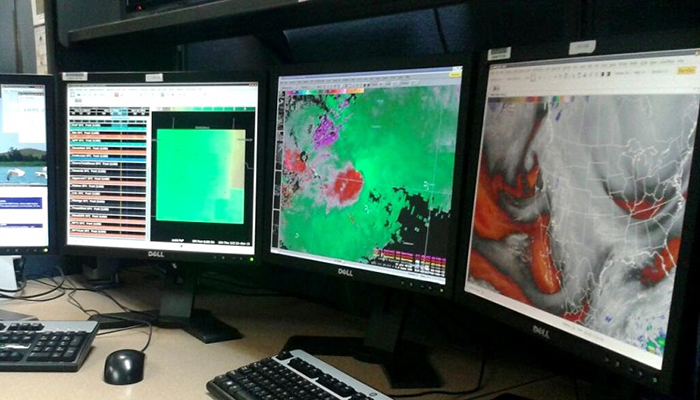
AWIPS (NOAA’s Advanced Weather Information Processing System) is a computer processing system that combines data from all the previous tools into a graphical interface that our forecasters use to analyze data and prepare and issue forecasts, watches, warnings. This system uses NOAA supercomputers to process data from doppler radar, radiosondes, weather satellites, ASOS, and other sources using models and forecast guidance products. After meteorologists prepare the forecasts, AWIPS generates weather graphics and hazardous weather watches and warnings. All this helps our meteorologists create more accurate forecasts and faster than ever before.
Learn more about AWIPS



